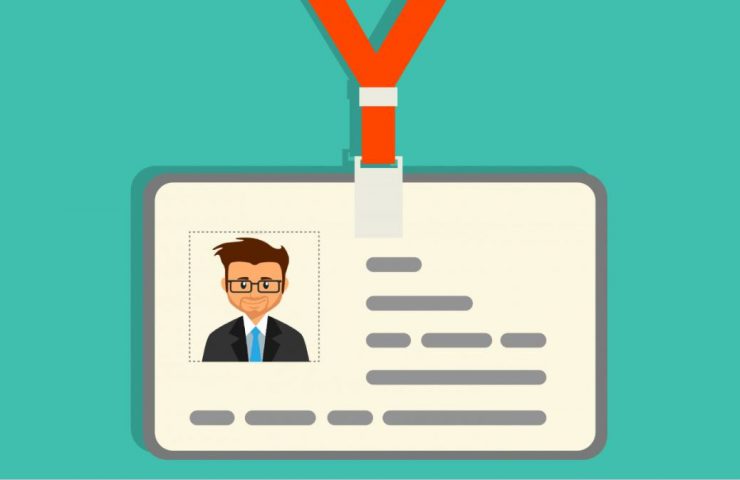If your event was person, would you swipe right? It sounds like a silly question but it’s actually important to ask. Finding guests through an event registration website is a lot like dating online. You build a profile using attractive photos and positive adjectives to describe your event in the hope that you catch the eye of your perfect match. But do you really know who your perfect match is? It doesn’t make a whole lot of sense to build an event profile that appeals to twenty-something bodybuilders if your perfect match is really middle-aged businessmen.
Setting dating metaphors aside, it’s important to identify your target audience before crafting your event marketing strategy. By doing so, you will be able to better communicate your strengths and opportunities to people who may be interested in what you are planning. This is the basis for targeted marketing, which is so critical in order to maximize your resources and leverage success.
What is an Event Attendee Marketing Persona?
A marketing persona is like a dating profile. It’s a description of the person(s) who would be the most interested in your event. It includes demographic information including location, income level, age, and gender (if appropriate). If appropriate for your event, it should identify business experience or rank, potential industry interests and/or trade or networking association membership. A persona should also include likes, wants, and needs for events as well as their most frequent sources of information and influence. It’s also important to include any questions, concerns, or pain points that you may be able to address at your event. In all cases, include only information that is important to your event brand.
Basic List of Persona Characteristics:
- Name:
- Location:
- Age:
- Gender:
- Occupation:
- Income:
- Hobbies:
- Motivations:
- Offline Influences:
- Online Influences:
- Pain points to attending your event:
- Favorite parts of attending your event:
- Pain points experienced at work or in life that fits with event theme or goal
- Questions or concerns experienced at work or in life that fits with event theme or goal:
- Likes/dislikes of event theme or goal
How Do I Start?
You may have more than one target audience segment. Be prepared to create more than one persona. Look at your past attendee list to start. Who are they? Review any surveys you may have done for past events. Review your competitors to see who they promote their events to. Also, if you’ve done a SWOT analysis for your event, think about your list of opportunities. Is there a new group of people who may not traditionally attend your event that you could tap as a new revenue stream? List out all of the individuals that you think are your perfect matches. This list will give you a starting point from which you begin to collect data.
Who Should I Ask?
Don’t build your personas in a vacuum. This is a group date. There are several valuable sources you should leverage to collect and validate your data.
If you have a sales team, consult with them to gather the audience insights and quantifiable data that they’ve collected. Tap into your CRM to pull customer data. Your sales team may also be able to offer insights into potential new event audiences.
Also, consult your support team. The folks that interact with your event audience on event days will have valuable insights on what details are important to your audience. Make sure to check with your digital team to collect web and social media traffic data. They can tell you which web pages and content are most impactful and relevant to the people who visit your digital platforms.
It’s also a valuable practice to interview and/or survey past attendees. Nothing compares to gathering information directly from current customers because they are your perfect matches (another dating metaphor!) Your past guests can provide a lot of detail on their needs, wants and preferences. This is critical information for your planning and marketing.
Are There Other Research Sources?
In order to avoid groupthink, it’s important to also consult external resources when crafting your personas. Find publicly available information sources such as industry blogs, media coverage of industry leaders or similar events, and social media profiles of industry influencers who fit your profile. Their engagement in history and public comments can be very enlightening.
There are also social listening tools that you could use to gather sentiment analysis data for a certain topic or industry. This helps you assess your potential attendees’ perceptions in a way that could be pertinent to your event plans.
You could also employ a research firm to survey the general community or conduct focus groups. This practice is most helpful for new events or for events that need to find new revenue streams. Never try something new without solid research to back it up.
Sample Event Persona for Music Festival:
Once you’ve done your research, start writing each persona. Include only data that is relevant to your event. Here’s an example.
- XYC Country Music Festival
- Name: Susie Music Lover
- Location: Your city, state, USA
- Age: 25
- Gender: Female
- Occupation: Customer service representative
- Income: $30K year
- Hobbies: writing songs, playing guitar, listening to country and indie music, surfing the Internet
- Favorite Bands: Luke Bryan, Jason Aldean, Tim McGraw, Zac Brown Band, Indigo Girls, Fiona Apple
- Offline Influences: music magazines, friends
- Online Influences: Instagram, Snapchat, Twitter, Spotify
- Festival attendance: typically attends three festivals each year, travels up to 100 miles away
- Pain points for festival attendance: ticket prices, lack of housing at festivals, difficult to get off work for multi-day schedule
- Favorite parts of the festival: varied music, artist availability for fan interaction, following the schedule on social media, discovering new brands at marketplace areas
It is always helpful to write some “dating scenarios” for each persona so that you can make sure you are hitting the right notes. That means creating a simple customer journey map that features the most typical encounters your guests will have with your brand such as finding your event online, buying tickets, arriving at the event, attending a session, and answering a post-event survey. For each encounter, write the interaction from the perspective of the attendee, in their voice. That will help you understand their point of view so that you can ensure each interaction is positive and successful.
Are You In?
So, would you date your event? We hope that with a little practice in writing event audience personas, your prospects will swipe right every single time.







